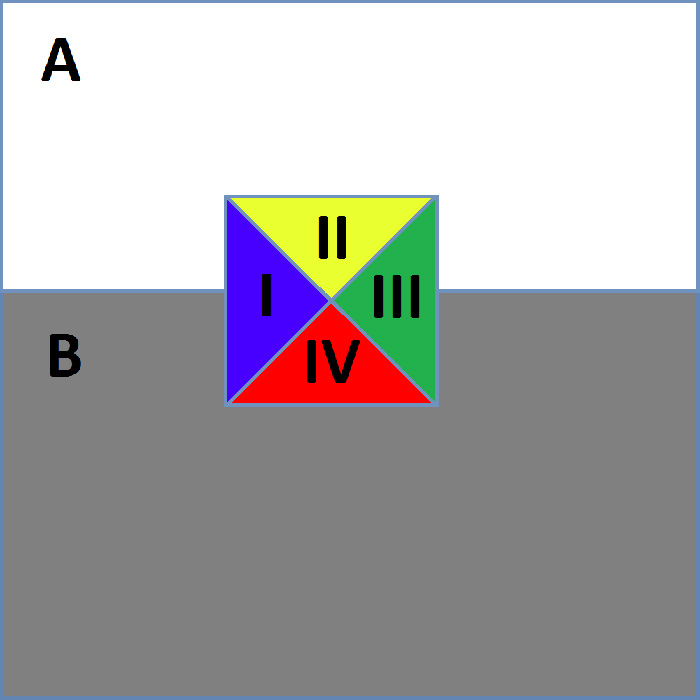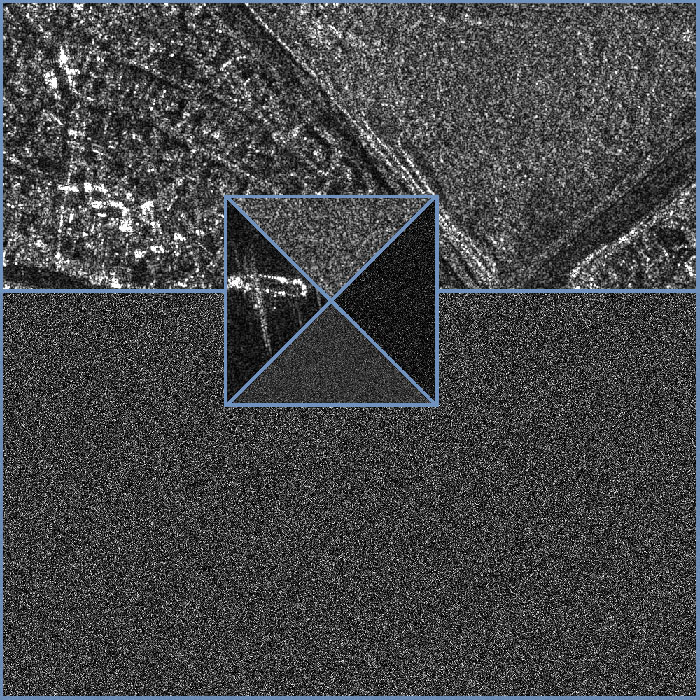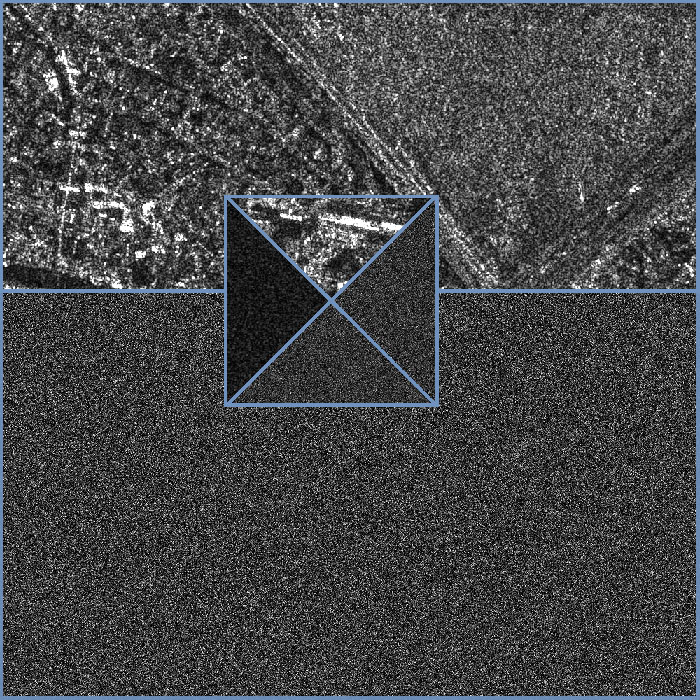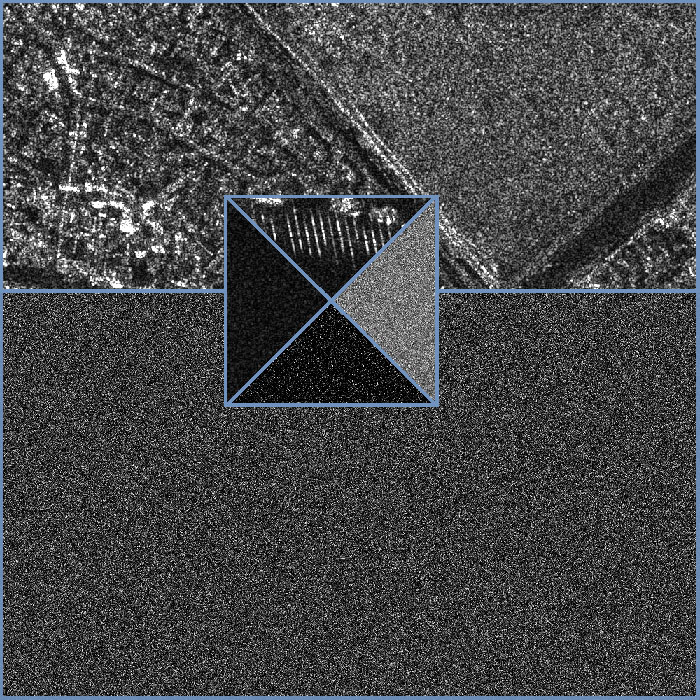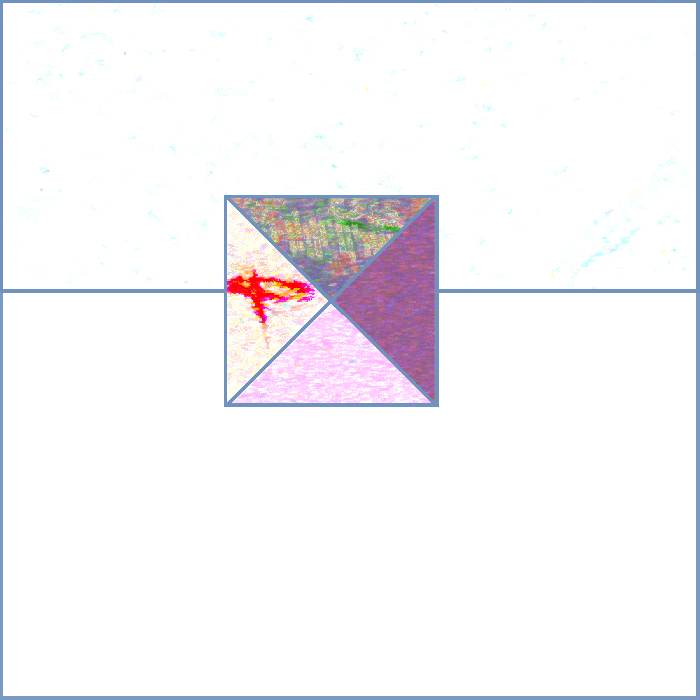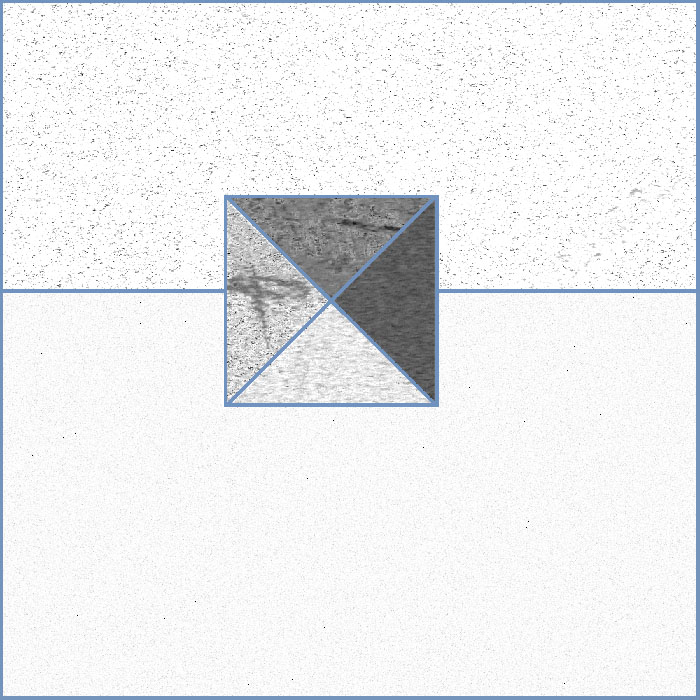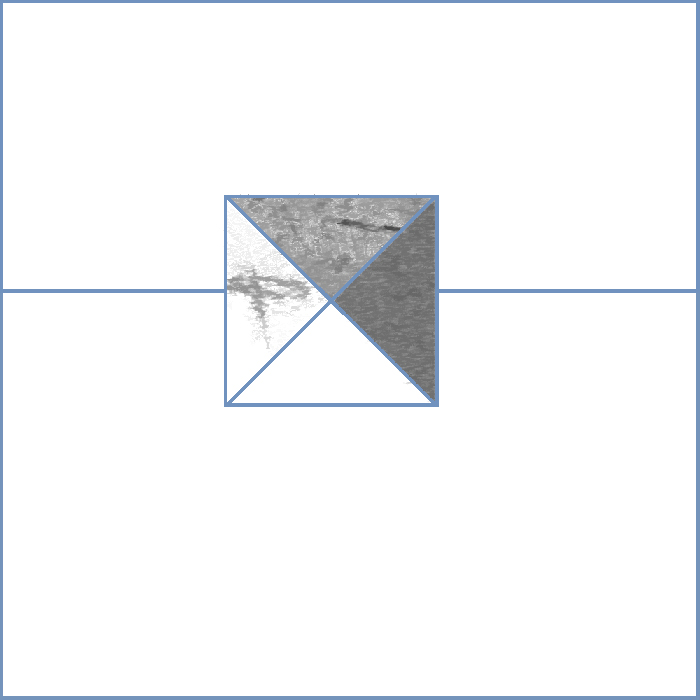Section: New Results
Multitemporal change detection on image sequences with a False Discovery Rate approach
Participant : Josiane Zerubia [contact] .
This work was carried out in collaboration with Dr. Vladimir Krylov, Prof. Gabriele Moser and Prof. Sebastiano Serpico from DITEN departement (http://www.dibe.unige.it/index.php?lang=en), University of Genoa, Italy.
Multitemporal change detection on image sequences is one of the fundamental image processing problems and multiple detection, monitoring and tracking applications rely on its accurate and timely performance. To address this problem we develop an approach that gives a unified statistical thresholding procedure to perform change detection based on statistical features that have a known distribution under the no-change hypothesis. The proposed False Discovery Rate (FDR) formulation is based on the control of the proportion of false alarms among all detections [3]. This efficient technique for large scale hypotheses testing allows to use the wide range of statistical tests developed in the state-of-the-art by adjusting to the dependence structure present in the images and the patch-based samples. The developed approach involves only a few parameters and is highly parallelizable. We propose several rank-based statistical features that report accurate experimental results and the corresponding detectors positively compare with benchmark techniques in three different applications. Further features can be easily constructed to elaborate application-specific change detectors.
|
In Fig. 3 we demonstrate a typical result of the FDR-based change detector on a semi-synthetic 3-image synthetic aperture radar sequence based on COSMO-SkyMed (©ASI) images of Haiti (April, May and August 2011). In this experiments the Levene multisample statistic with a 9-by-9 local window is employed. A comparison of the omnibus test (formulating the hypothesis for all three images simultaneously) with pairwise tests, demonstrates that the latter are more sensitive to changes. This sensitivity can be a disadvantage as is the case with the detection noise in (e) and (f). The omnibus test on the other hand did not suffer from the same mistake due to a generally higher level of tolerance to pairwise fluctuations. Hence, from the SAR-change detection point of view, the results reported by omnibus version of Levene-statistic are considered more adequate.


